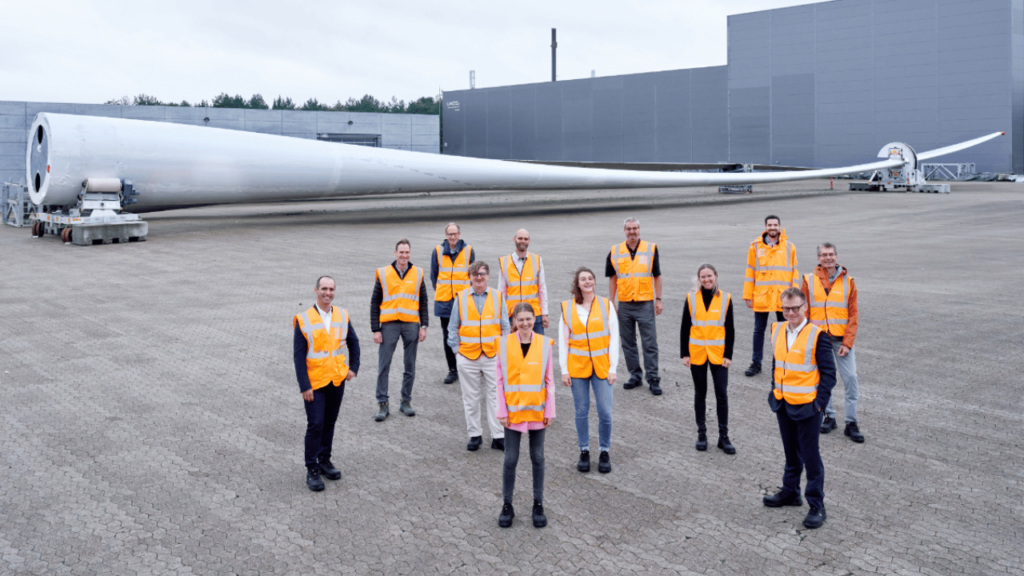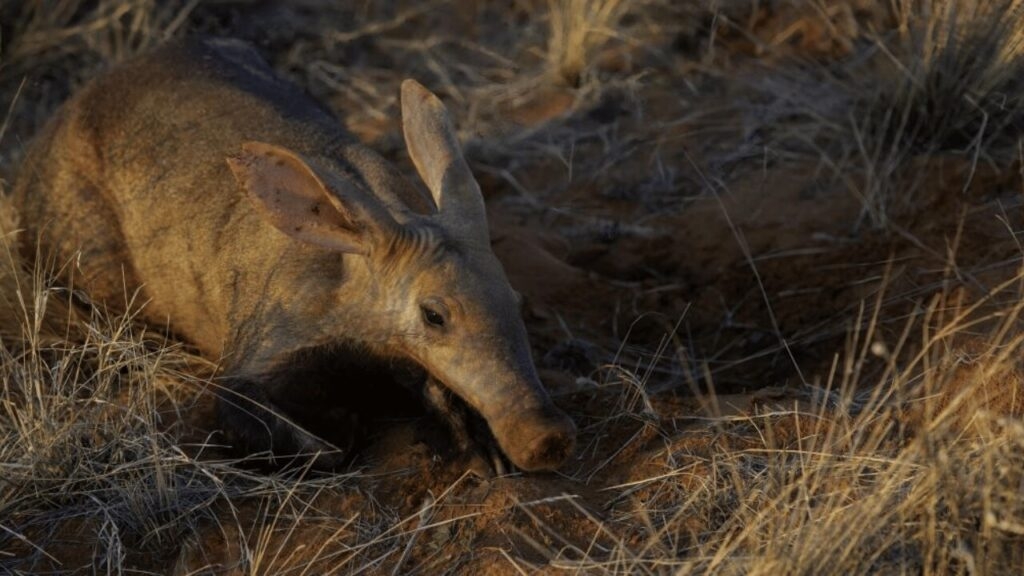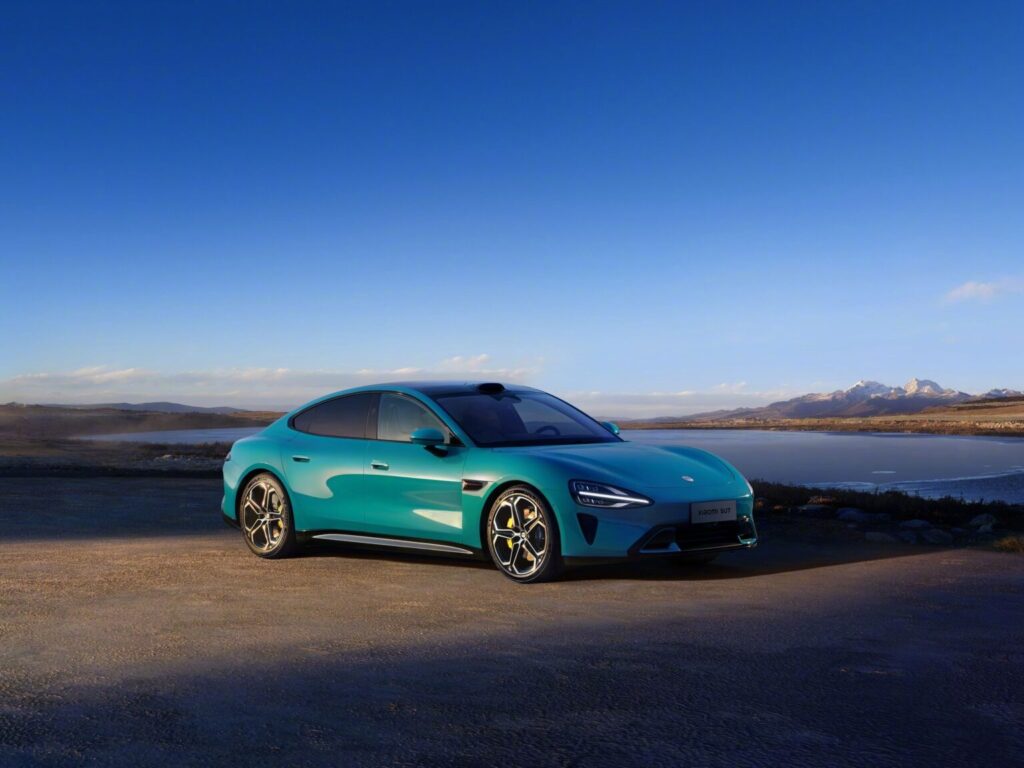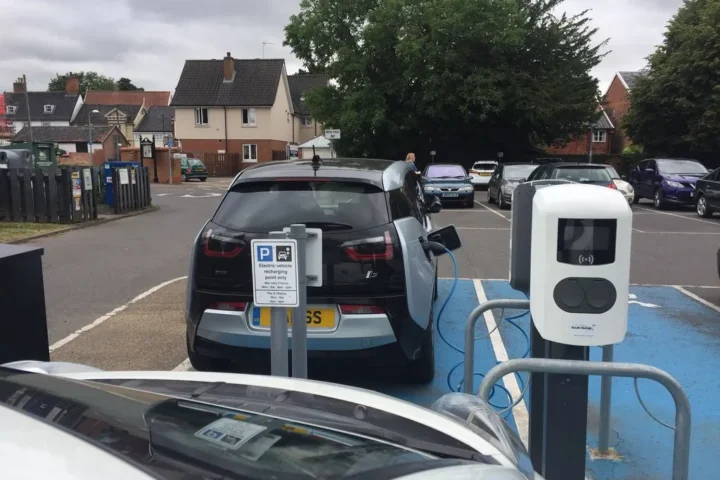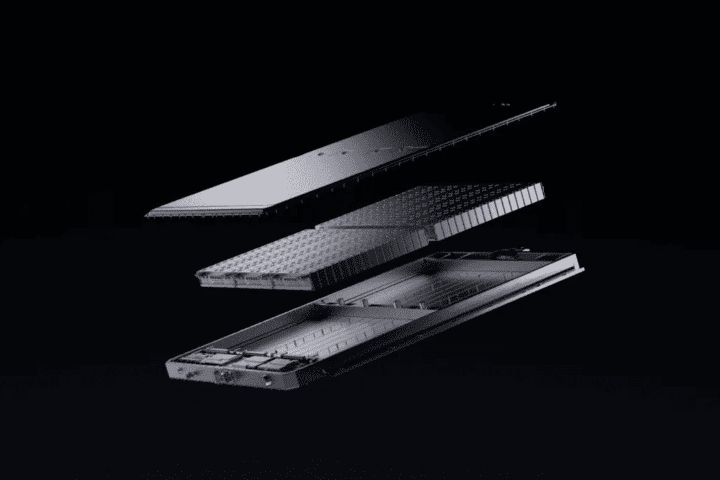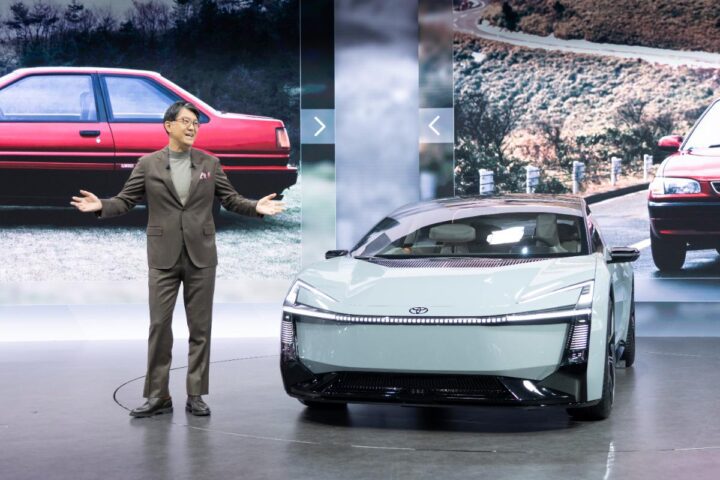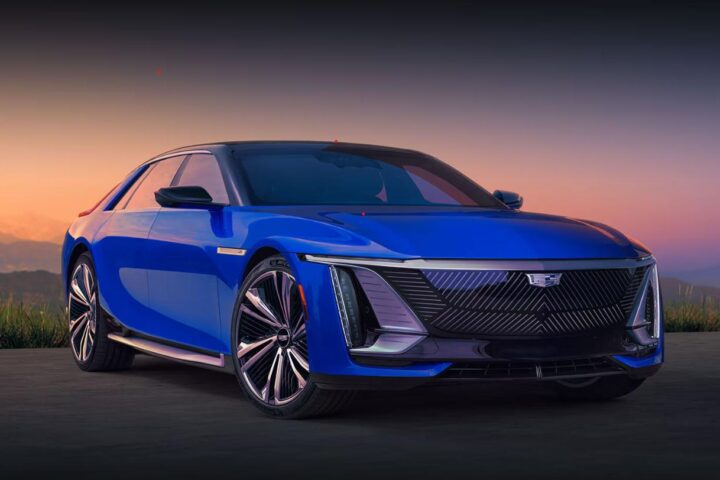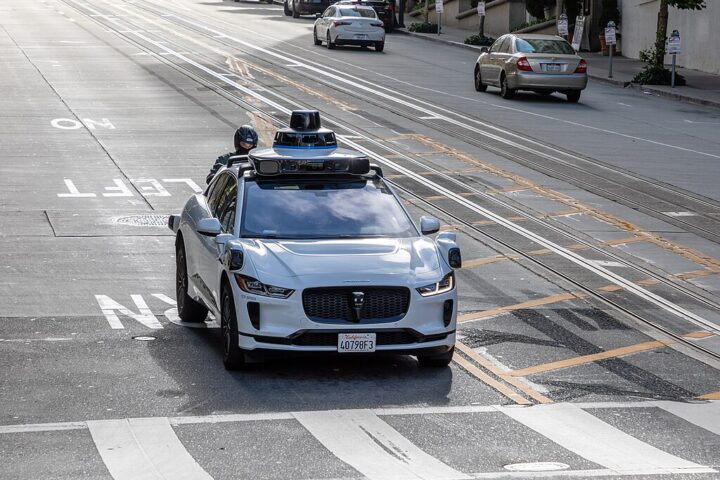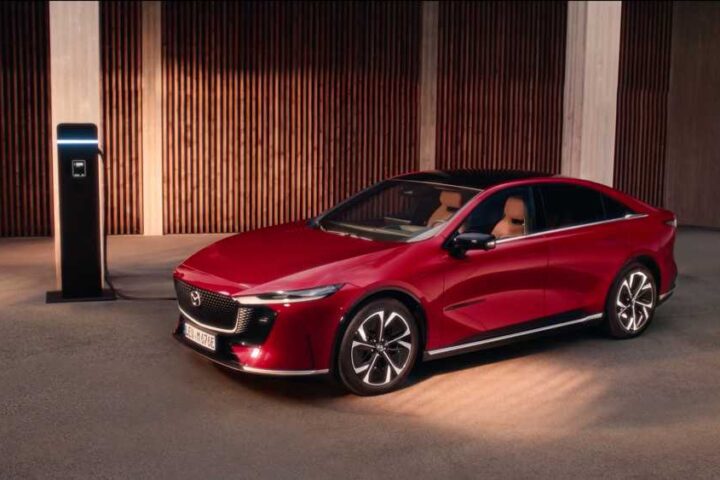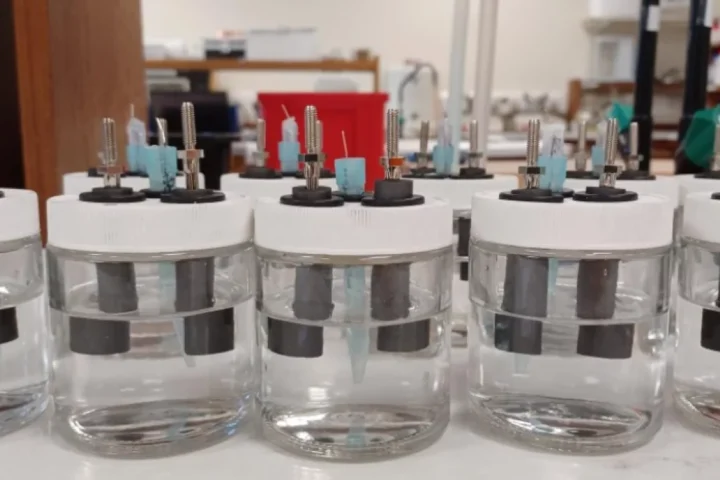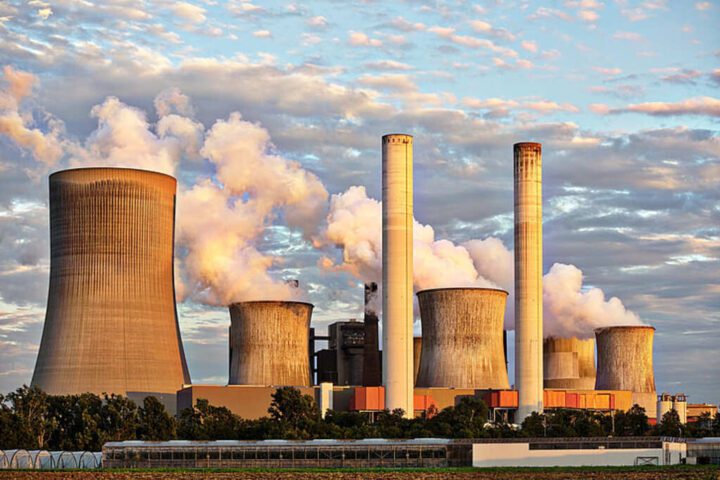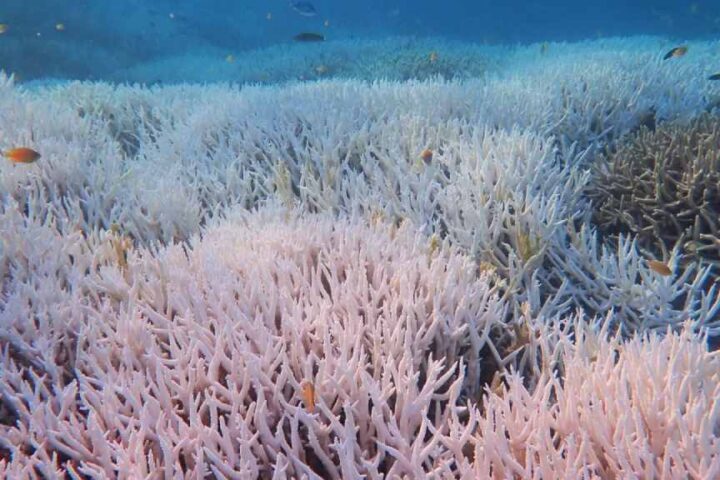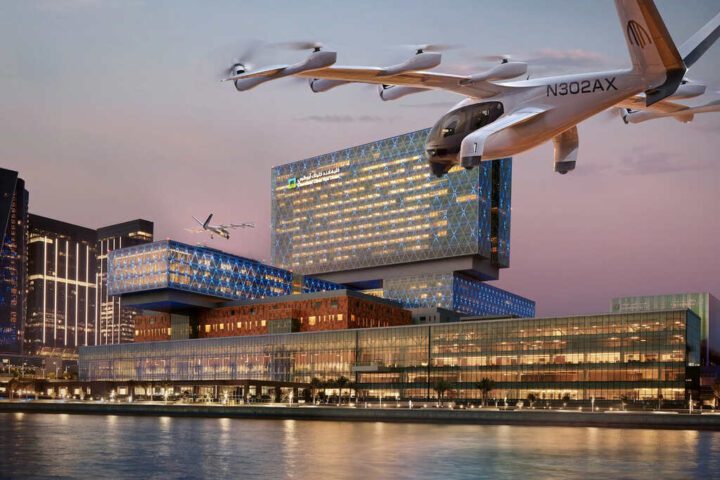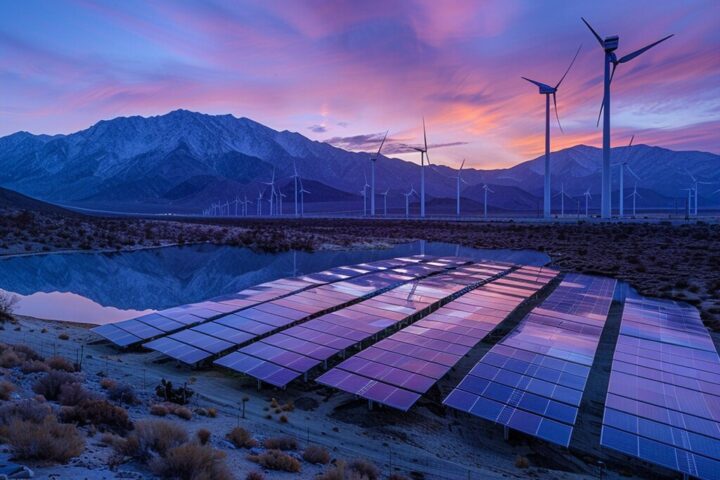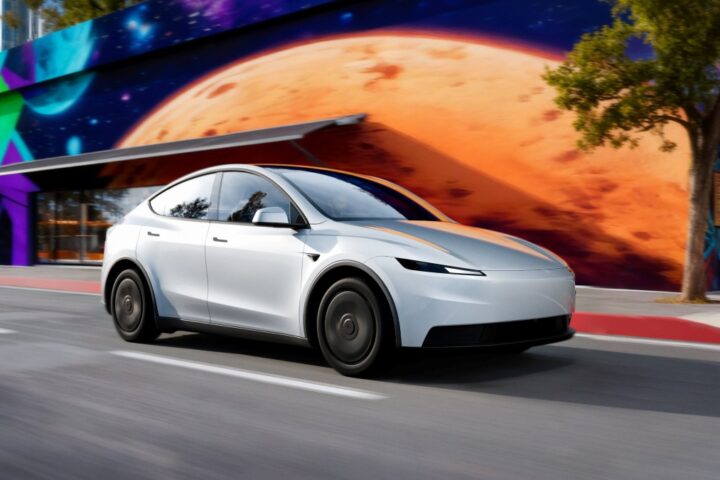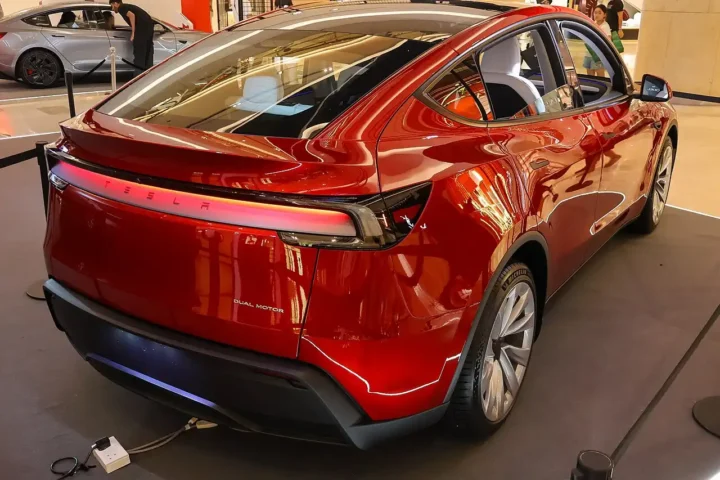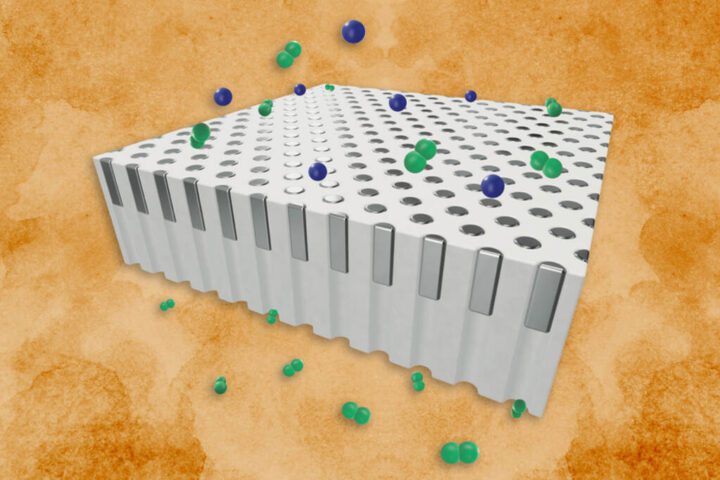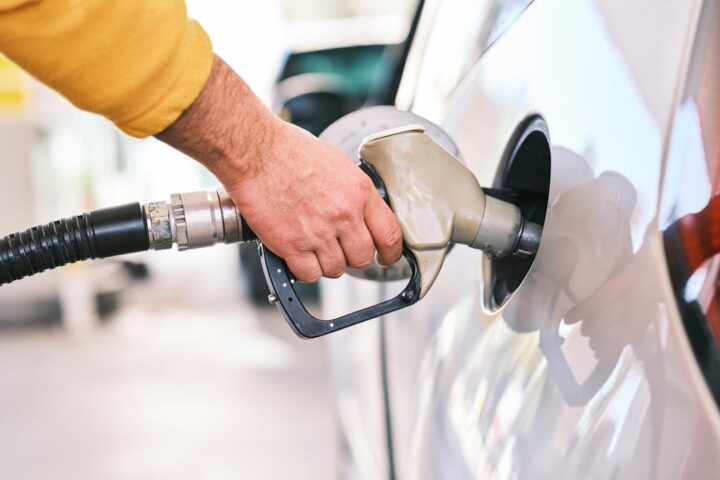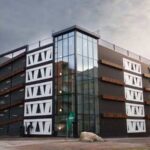The ZEBRA (Zero Waste Blade Research) project, driven by French research center IRT Jules Verne, brings together industrial companies and technical, economic, and environmental relevance of their Mo plastic wind turbine blades. Renewables will be key in a low carbon future. In order to meet the 2 degree climate goal, the share of renewable energy in the final energy consumption must increase from 19% in 2017 to 65% by 2050. By then, the share of renewable energy in electricity generation should be roughly 85%, up from an estimated 25% in 2017.
The physical impacts of climate change are among the challenges that renewables will have to face, as they have implications for the reliability and performance of the energy system. Initial studies on this topic addressed the vulnerability of the energy sector from a demand perspective, but there are a growing number of studies analyzing impacts on supply as well.
One of the reasons why the energy sector has received so much attention in the literature is because of the long lifespan of energy infrastructure. Within the energy sector, renewable generation is the focus of most studies, due to the fact that its main resource is directly linked to climate variables such as precipitation, temperature, irradiation, or wind. Water is a key variable, as its availability not only affects hydroelectric power plants, but also any generation plants that depend on water for part of its process, including thermal generation or even carbon capture and storage.
Importantly, the second ZEBRA blade is a world first in using recycled Elium resin in the manufacture of a shear web, which is a structurally important component of the blade, and demonstrates the potential of the resin technology to deliver sustainable blade designs and stimulating the circularity of the Elium resin.
Similar Posts
Sustainability with advanced materials and collaboration:
John Korsgaard, Senior Director at LM Wind Power, expressed the importance of the second ZEBRA blade in a statement, stating that it “builds on the learning and valuable insights gained from the creation of the first blade,” and has helped the company to understand the potential to use Elium Resin in carbon blades. This blade marks a key milestone for the ZEBRA project and highlights the significance of plant collaboration in new technology development, in addition to supporting sustainability objectives for our company and customers, he added.
Guillaume Sana, project leader at the IRT Jules Verne, shared his enthusiasm for the development of the project, and the successful completion of testing campaigns on the first and second blades. He also noted that the production of the second blade is a major achievement for both the consortium and for the wind energy industry. Guillaume also mentioned that by the end of 2024, they will outline a great milestone which includes the complete lifecycle and detailed analysis based on the ZEBRA project.
